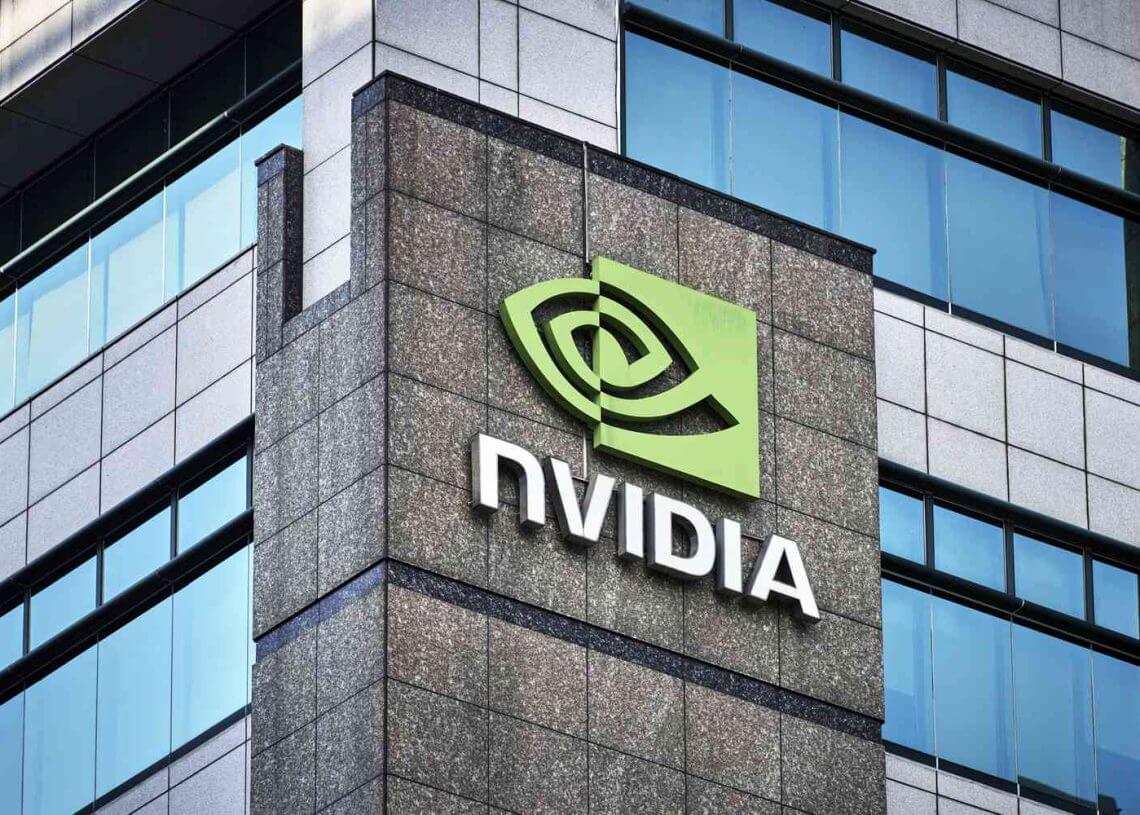Nvidia's annual GTC (GPU Technology Conference) has become the epicenter for all things AI and accelerated computing, and GTC 2025 was no exception. The conference was a showcase of Nvidia's latest innovations, highlighting its continued dominance in the AI hardware landscape and offering a glimpse into its ambitious vision for the future. However, beneath the surface of groundbreaking announcements, some critical questions remain about the practicality and broader impact of these technologies.
One of the biggest reveals was the Blackwell Ultra GPU architecture, an enhanced iteration of the Blackwell platform, which is designed to tackle demanding AI reasoning models. The Blackwell Ultra boasts increased memory capacity and improved performance, further cementing Nvidia's dedication to pushing the boundaries of AI compute. Looking further ahead, Nvidia also teased the Rubin architecture, the successor to Blackwell, promising even greater performance and efficiency for AI data centers, highlighting their commitment to annual innovation in AI infrastructure.
Beyond advancements in core computing, Nvidia made a significant push into robotics with the unveiling of Isaac GR00T N1, an open, fully customizable foundation model for humanoid robots. This initiative seeks to accelerate the development of general-purpose robots capable of performing diverse tasks. Nvidia also announced the establishment of the Nvidia Accelerated Quantum Computing Research Center (NVAQC) in Boston, signaling its intent to play a role in the future of quantum computing.
Jensen Huang, CEO of NVIDIA, presented a vision at GTC 2025 for reshaping computing and technology, emphasizing the evolution from perception-focused AI to “agentic AI” and “physical AI” which understand context and interact with the physical world. Huang envisions a world where AI doesn't just write content or perform routine tasks, but sees, understands, and acts in the physical world, which has profound implications for every industry.
While the hardware advancements captured headlines, Huang also devoted significant time to NVIDIA's expanding software ecosystem. The CUDA-X libraries continue to grow, now including new tools like qdss for sparse solvers in computational analysis and engineering applications. Nvidia is also expanding AI development beyond the cloud into enterprise and edge computing, with partnerships, like those with Cisco and T-Mobile, and a collaboration with General Motors for building a self-driving car fleet.
However, GTC 2025 also brought some concerns. While Nvidia continues to innovate, there were aspects of GTC 2025 that raised some questions. Notably, the event lacked the compelling demonstrations of real-world AI applications that characterized previous GTCs. With the exception of robotics, the focus seemed to be more on the underlying technology and future roadmaps than on tangible, present-day applications.
Another notable aspect of GTC 2025 was the relative lack of emphasis on gaming. In the past, GTC was a significant event for showcasing the latest advancements in gaming technology. However, gaming took a backseat to AI and data center technologies this year.
Despite these concerns, GTC 2025 underscored Nvidia's continued leadership in AI hardware, and its potential to transform various sectors. Nvidia's vision suggests not merely evolutionary progress but a fundamental rethinking of computing architecture to enable increasingly sophisticated forms of artificial intelligence. The company's broad ecosystem strategy – spanning hardware, software, enterprise solutions, and strategic partnerships – positions Nvidia at the center of this transformation. While challenges remain, particularly in scaling, power efficiency, and enterprise adoption, the roadmap presented at GTC 2025 offers a compelling vision of computing's future.

















